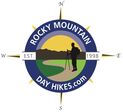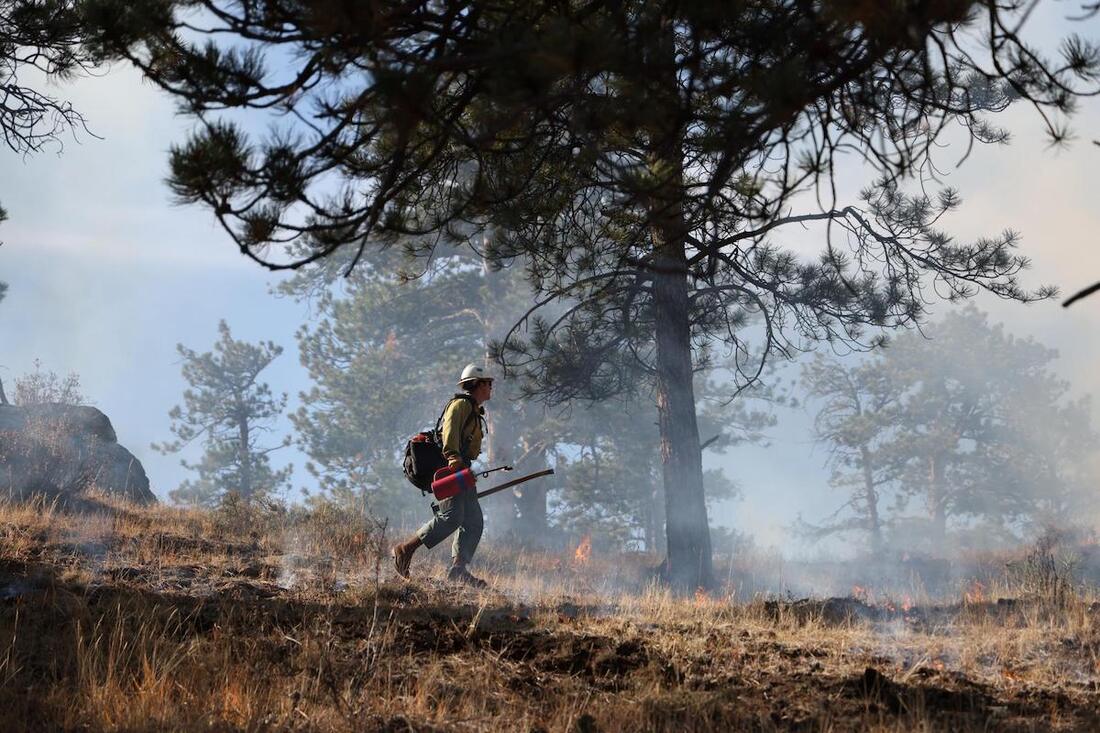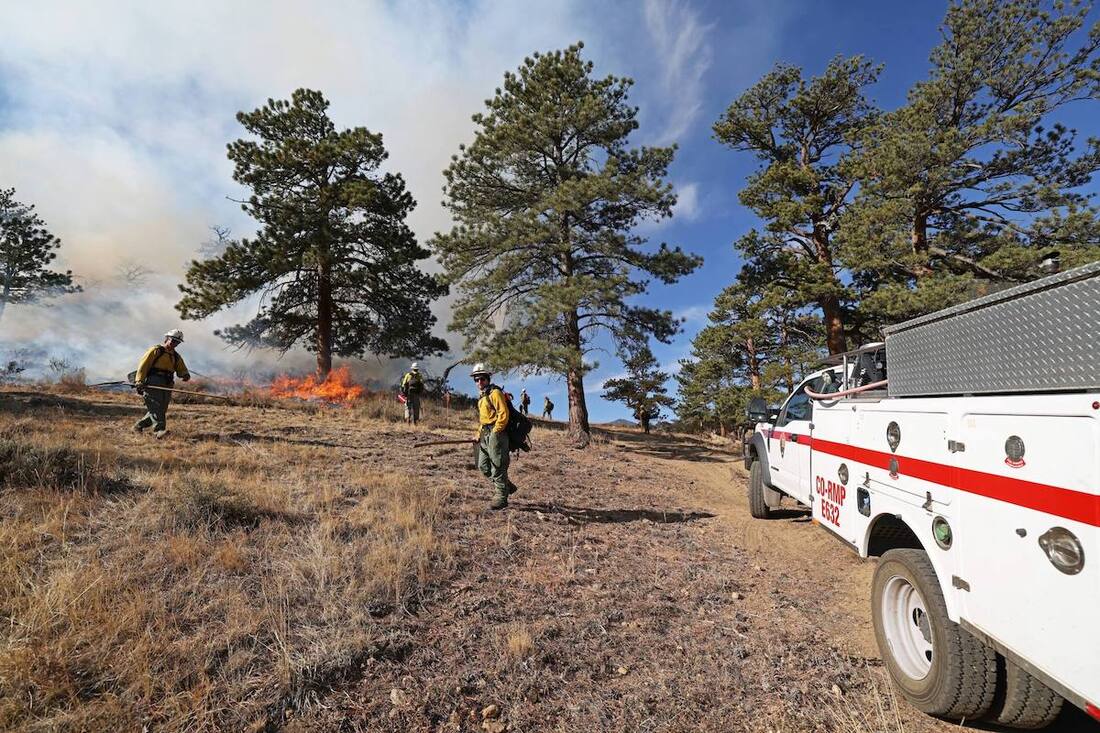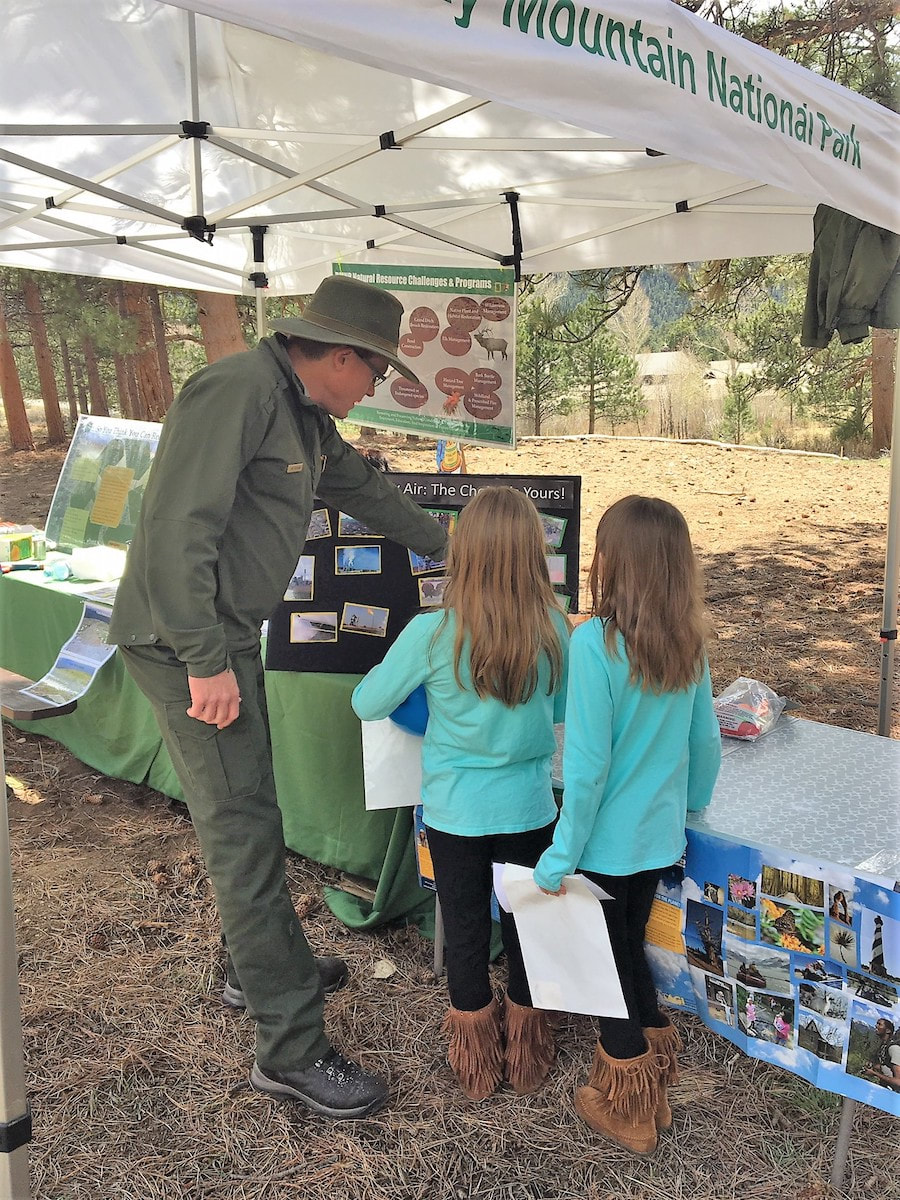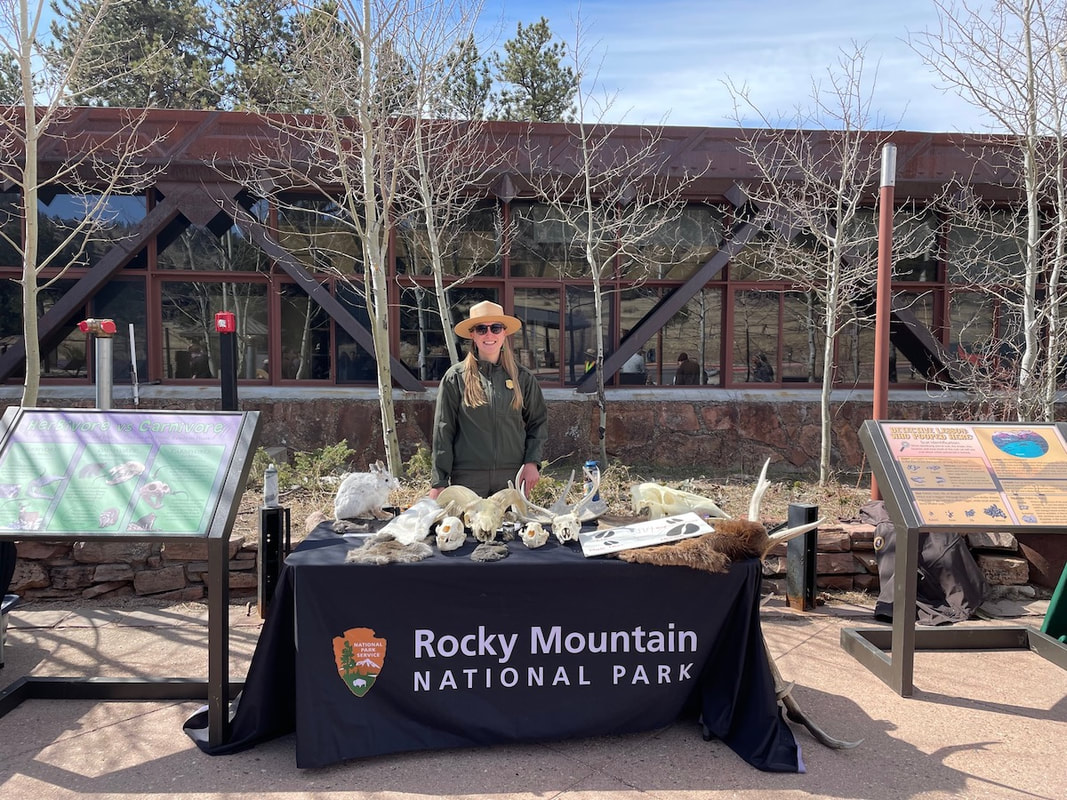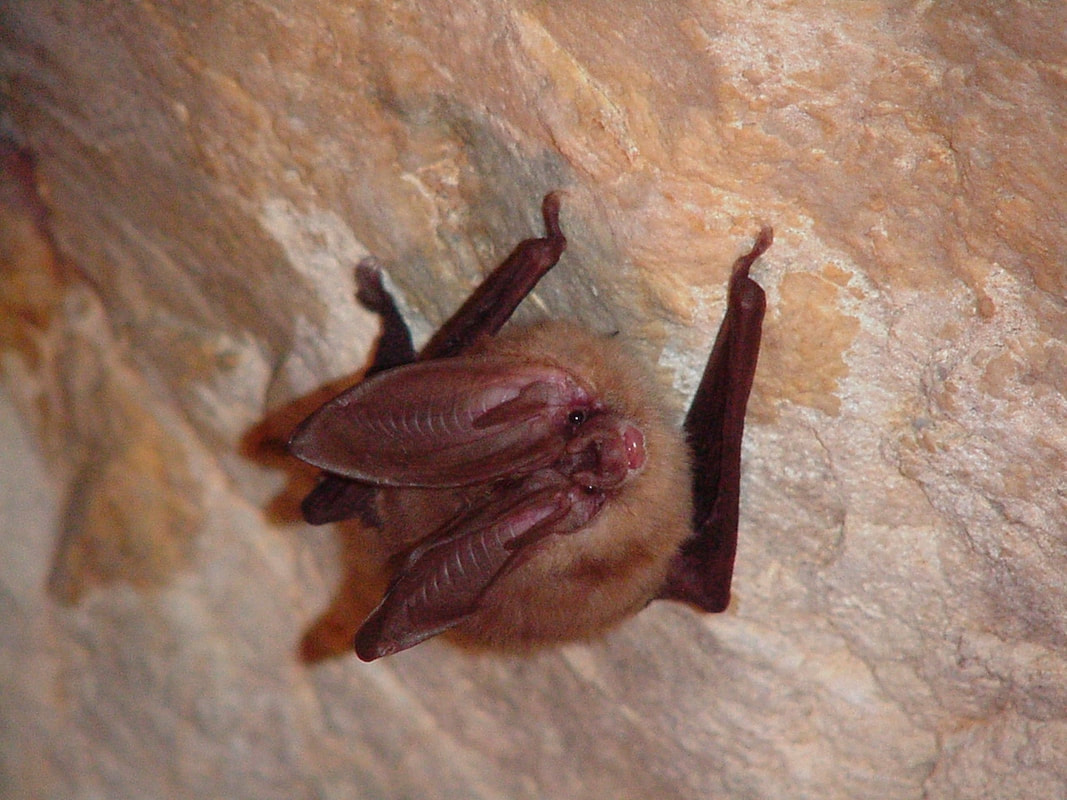|
Colorado Parks and Wildlife biologists received a mortality alert for female gray wolf 2514-BC on April 20. The agency, in cooperation with the National Park Service, has confirmed the mortality took place in Rocky Mountain National Park. As a federally listed species under the Endangered Species Act, the U.S. Fish and Wildlife Service is investigating. A final determination of the cause of death will not be made until the investigation is completed, including the necropsy, a foundational component of the overall investigation process. 2514-BC was part of the group of wolves translocated to Colorado from British Columbia. No additional details are available at this time.
Wolf survival in Colorado is within normal margins for a wolf population in the Rocky Mountains. Any reintroduction effort includes eventual mortality levels and these were incorporated into the Colorado Wolf Restoration and Management Plan. Mortality is a factor that plays a role in all natural populations. The average lifespan of a gray wolf in the Rocky Mountains is generally 3-4 years.
0 Comments
Based upon the potential for favorable weather and conditions, fire managers at Rocky Mountain National Park are planning to conduct a prescribed burn on Tuesday, April 15, 2025. Firefighters plan to burn approximately 60 acres of the 334-acre Headquarters Unit. This burn unit is located inside Rocky Mountain National Park, west of Beaver Meadows Visitor Center and south of U.S. Highway 36. Because of the fuel type that will be burned, which includes mainly grasses and small shrubs, heavy and prolonged smoke is not expected from this operation. Due to the proximity of burn operations near the road, U.S. Highway 36 inside Rocky Mountain National Park will be temporarily closed from just west of Beaver Meadows Visitor Center to the Beaver Meadows Entrance between the hours of 10 a.m. and 2 p.m. During this time, visitors will need to enter and exit the park through the Fall River Entrance on US 34. Beaver Meadows Visitor Center, RMNP’s Wilderness Office and the Rocky Mountain Conservancy Nature Store, located inside the visitor center, will be open as regularly scheduled. The primary goal of the project is to reduce the threat of wildland fire to adjacent communities and NPS infrastructure by using prescribed fire to reduce the amount of fuels available in this area. When fighting the East Troublesome Fire in 2020 and the Fern Lake Fire in 2012, firefighters were able to take advantage of previous and existing prescribed fire and hazardous fuels treatment areas that provided a buffer between the fire and the town of Estes Park. Prior hazard fuels projects were instrumental in stopping the fire from jumping Bear Lake Road and Trail Ridge Road. If conditions are favorable, ignitions are planned to occur on Tuesday, April 15. Firefighters will be on scene for the duration of the operation and will be patrolling the burned area. Smoke from the prescribed burn will be visible throughout the day of the burn, mostly during the warmest part of the day. With cooler temperatures in the evening, smoke may linger and accumulate in low-lying areas. Additional information will be shared on InciWeb at https://inciweb.wildfire.gov/incident-information/cormp-front-country-prescribed-fire, on www.nps.gov/romo and on Rocky Mountain National Park’s official social media channels. Follow us on Facebook, Instagram, and X @RockyNPS. Smoke may be visible both inside and outside the park. Every effort will be made to minimize smoke impacts on visitors and the adjacent community; however, some smoke is anticipated to disperse east of the park. Smoke may affect your health: For more information see https://www.colorado.gov/pacific/cdphe/wood-smoke-and-health. No trail or road closures are anticipated but visitors passing through active burning areas may be escorted by fire personnel to ensure their safety. Safety factors, weather conditions, air quality, personnel availability and environmental regulations are continually monitored as a part of any fire management operation. For more information, please contact the park’s Information Office at (970) 586-1206. Celebrate National Park Week, National Volunteer Week, Earth Day, and National Junior Ranger Day at Rocky Mountain National Park. What is National Park Week? This is a week-long celebration of our national parks that takes place annually in the month of April. This year, National Park Week begins on Saturday, April 19 and continues through Sunday, April 27, 2025. Rocky Mountain National Park will be celebrating in person and online. On Saturday, April 19: National Park Week kicks off with a fee free day. All park entrance fees will be waived on this date. Camping, overnight wilderness backpacking, and all other administrative fees remain in effect. Join us at Rocky’s Earth Day & National Junior Ranger Day Events!
Additional park ranger-led programs and activities will be happening all week long! On Sunday, April 20: Join us on the east side of RMNP at Beaver Meadows Visitor Center at 2 p.m. for the program “Efforts to Restore Boreal Toad Populations in RMNP,” presented by Jonathan Lewis, Conservation Biology Program Manager for Rocky Mountain National Park. This special program is the final presentation in Rocky Mountain National Park and Rocky Mountain Conservancy’s 2025 Winter Speaker Series. To learn more, visithttps://rmconservancy.org/ For RMNP’s full National Park Week program schedule, visit the park’s webpage at https://go.nps.gov/romo/npweek Unable to visit in person? Join Rocky’s digital celebration! Visit our webpage and check out RMNP’s page on the NPS App. Follow us @RockyNPS on Facebook, Instagram, and Twitter. We’ll be sharing fun and interesting facts and stories related to this year’s program theme “Your National Park Playlist.” To learn more about Rocky Mountain National Park and to plan for your next trip, visit our website atwww.nps.gov/romo, download the NPS App, or call the park’s Information Office at (970) 586-1206.
Pd is an invasive fungus that causes white-nose syndrome (WNS), a fatal disease that impacts bats. This fungus can spread rapidly, primarily through bat-to-bat contact.
WNS does not cause illness in humans, but humans are able to spread the fungus to new places. To protect yourselves and conserve bat populations, we recommend visitors: Report dead/injured bats to park personnel. To protect yourself and bats, never touch or pick up a bat. Although WNS does not cause illness in humans, a small percentage of bats can be infected with other dangerous diseases, such as rabies. Decontaminate. Ensure you properly decontaminate your gear and outerwear after visiting a cave or other bat habitat. Earlier this year, swabs taken from bats in the Holzwarth area of the park found a probability of Pd. Following this probable result, National Park Service wildlife biologists at the park collected bat guano from locations in the Holzwarth Historic Site area for follow up testing to verify the results. The results of these tests have positively detected Pd. Any new detection of Pd is worrisome because bats are vital for healthy ecosystems. Rocky Mountain National Park is home to nine known species of bats, five of which have been found living in areas above 11,000 feet. WNS has been blamed for millions of bat deaths nationwide since its initial detection in New York State in 2006. In July 2022, the first confirmed case of WNS was reported in Southeastern Colorado. Pd and WNS have also been confirmed in Larimer County, Colorado. Colorado Parks and Wildlife and the USGS, along with U.S. Fish and Wildlife Service and National Park Service, have been conducting WNS surveys for over a decade, monitoring bats for presence of Pd. Colorado is home to 19 native bat species, at least 13 of which may be susceptible to this disease. Colorado's native bats are all insect eaters and use various habitat types across the state. They are most active during the summer months and spend the winter either hibernating in underground roosts throughout the state or migrating south. The National Park Service and other state and federal agencies will continue to monitor bats throughout Colorado. To learn more about White Nose Syndrome and how it impacts bats, visit https://www.whitenosesyndrome.org/ During activities within Rocky Mountain National Park on February 17 and March 1, park rangers received reports of a vehicle driving recklessly with disregard for the safety of others.
Rangers are investigating these reports and are seeking information from the public, including any photographs or video material. At this time, no further information will be provided regarding this ongoing investigation. If you have information that could help investigators, please contact us. You don't have to tell us who you are, but please tell us what you know. Please contact the National Park Service Investigative Services Branch Tip Line 888-653-0009, or submit a tip online at go.nps.gov/SubmitATip or Email [email protected] |
RMNP UpdatesPress Releases from Rocky Mountain National Park and the Rocky Mountain Conservancy.
Archives
September 2025
|
© Copyright 2025 Barefoot Publications, All Rights Reserved
